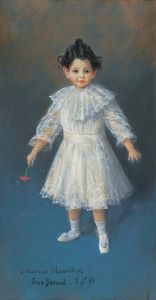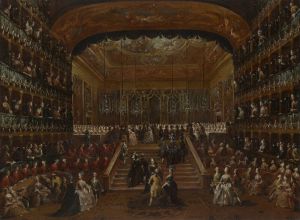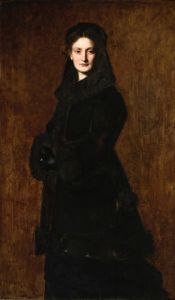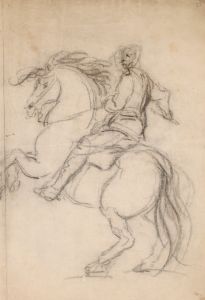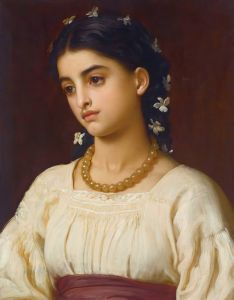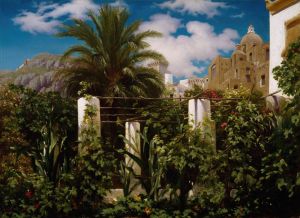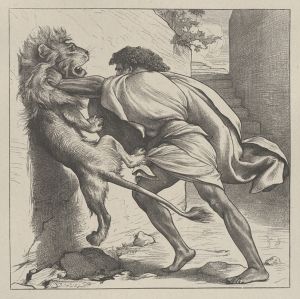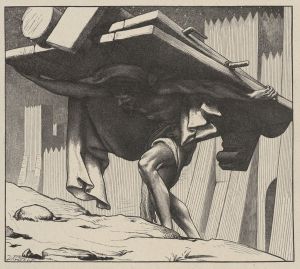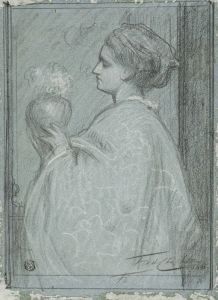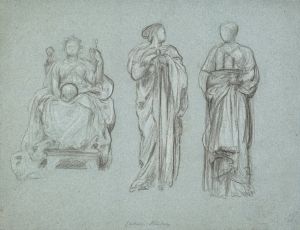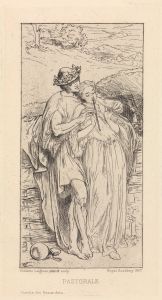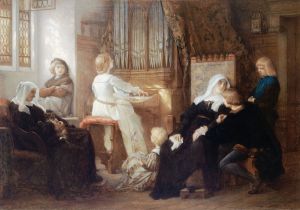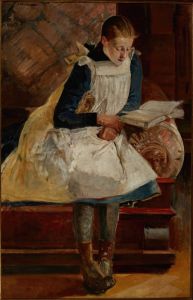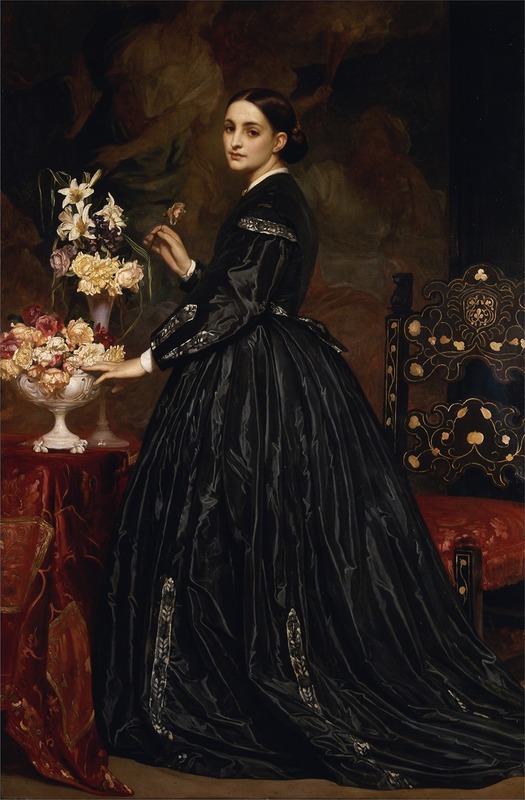
Mrs. James Guthrie
A hand-painted replica of Frederic Leighton’s masterpiece Mrs. James Guthrie, meticulously crafted by professional artists to capture the true essence of the original. Each piece is created with museum-quality canvas and rare mineral pigments, carefully painted by experienced artists with delicate brushstrokes and rich, layered colors to perfectly recreate the texture of the original artwork. Unlike machine-printed reproductions, this hand-painted version brings the painting to life, infused with the artist’s emotions and skill in every stroke. Whether for personal collection or home decoration, it instantly elevates the artistic atmosphere of any space.
"Mrs. James Guthrie" is a portrait painting by the renowned British artist Frederic Leighton, 1st Baron Leighton (1830–1896). Leighton was a prominent figure in the Victorian art world, known for his association with the Pre-Raphaelite Brotherhood and his role as President of the Royal Academy of Arts from 1878 until his death.
The painting depicts Mrs. James Guthrie, whose full identity and background remain largely undocumented in public records. The portrait is a testament to Leighton's skill in capturing the elegance and poise of his subjects, a characteristic feature of his portraiture work. Leighton’s portraits often reflect a high degree of realism combined with a subtle idealization, which was typical of his style.
Leighton’s technique in "Mrs. James Guthrie" showcases his mastery in the use of color, light, and texture. The subject is portrayed with a serene expression, dressed in a richly detailed garment that highlights Leighton’s attention to fabric and texture. The background is kept relatively simple, ensuring that the focus remains on the sitter.
Frederic Leighton was known for his meticulous approach to painting, often spending considerable time on preparatory sketches and studies before commencing the final work. His portraits were highly sought after by the elite of Victorian society, who admired his ability to convey both the physical likeness and the inner character of his subjects.
The exact date of the painting is not well-documented, but it is believed to have been created during the height of Leighton’s career in the late 19th century. This period was marked by his increasing prominence and recognition in the art world, culminating in his ennoblement as Baron Leighton of Stretton in 1896, making him the first artist to be granted a peerage.
"Mrs. James Guthrie" exemplifies the aesthetic values of the Victorian era, characterized by a blend of classical influences and contemporary sensibilities. Leighton’s work often drew inspiration from classical antiquity, which is evident in the compositional balance and harmonious proportions of his portraits.
The painting is part of a broader body of work that includes other notable portraits and historical scenes. Leighton’s contributions to art were not limited to painting; he was also an accomplished sculptor and a key figure in the promotion of arts education and appreciation in Britain.
Today, Frederic Leighton’s works, including "Mrs. James Guthrie," are held in high regard and can be found in various public and private collections. His legacy continues to be celebrated for its significant impact on the development of British art during the Victorian era.
In summary, "Mrs. James Guthrie" by Frederic Leighton is a distinguished example of Victorian portraiture, reflecting the artist’s exceptional skill and the cultural milieu of his time. The painting remains a testament to Leighton’s enduring influence and the timeless appeal of his artistic vision.





